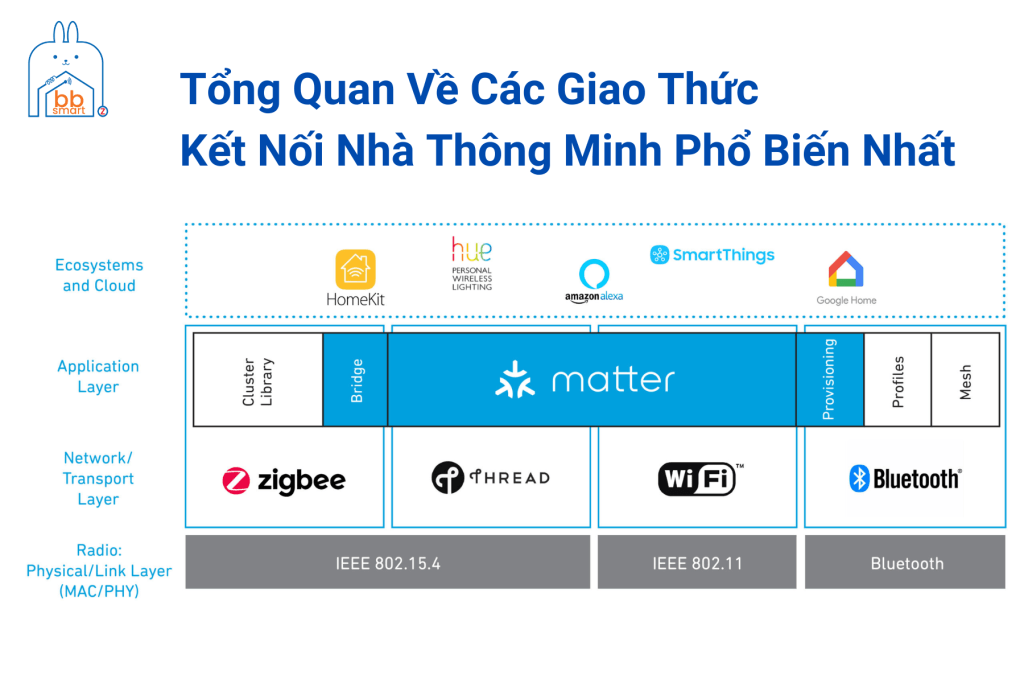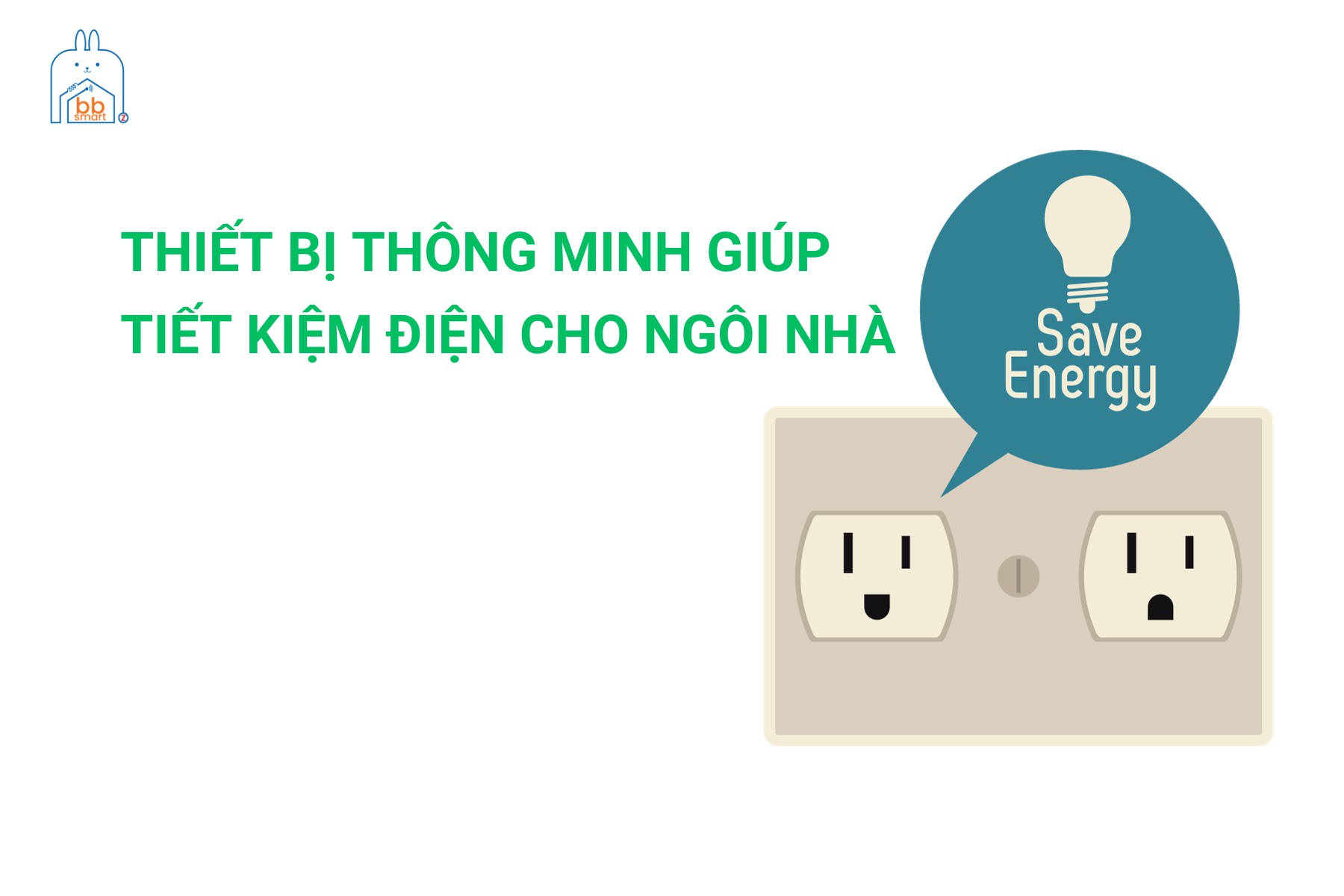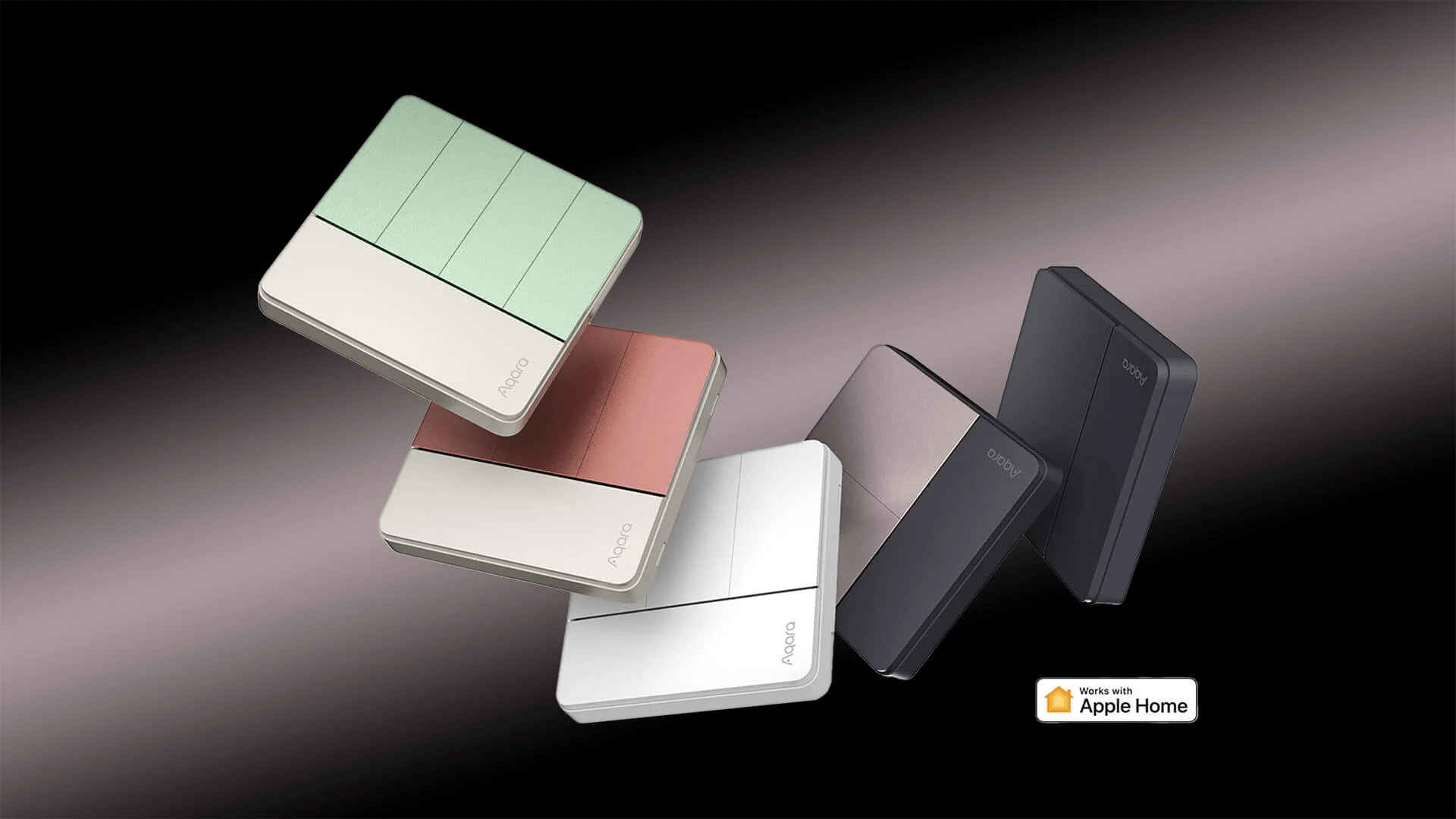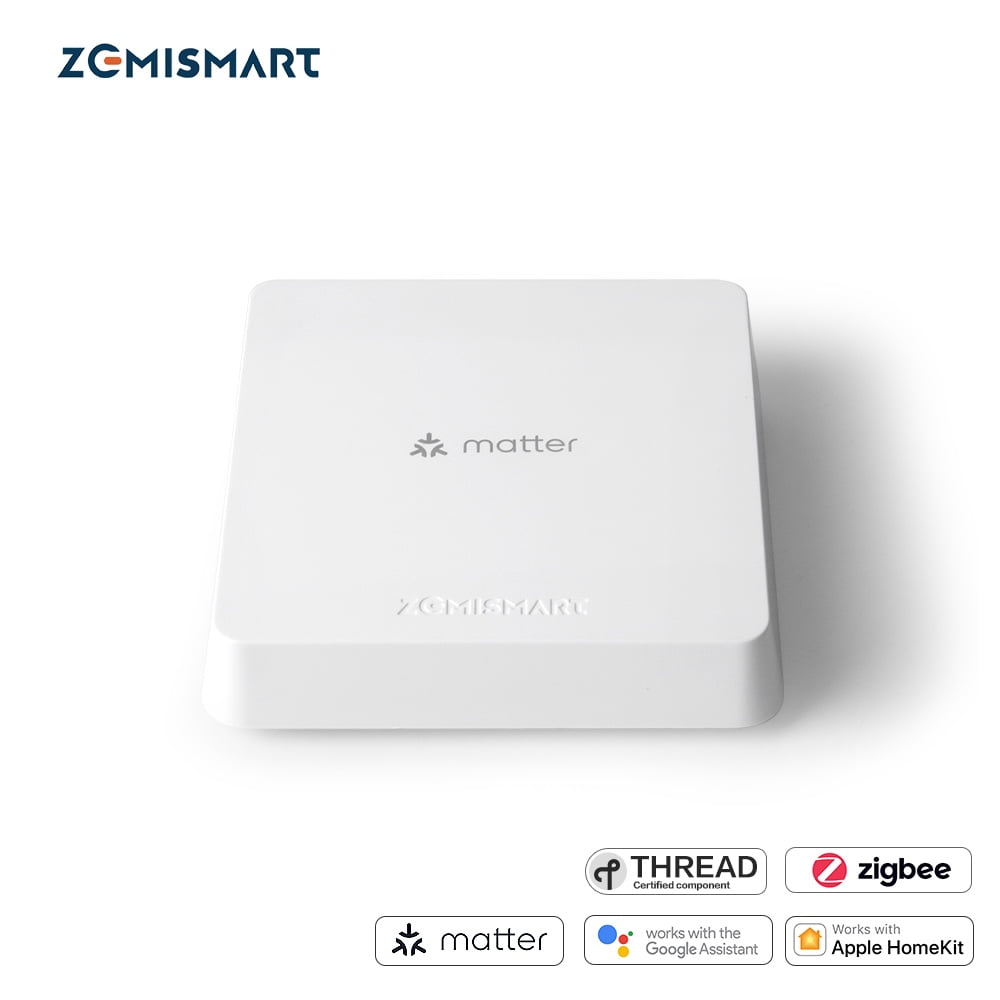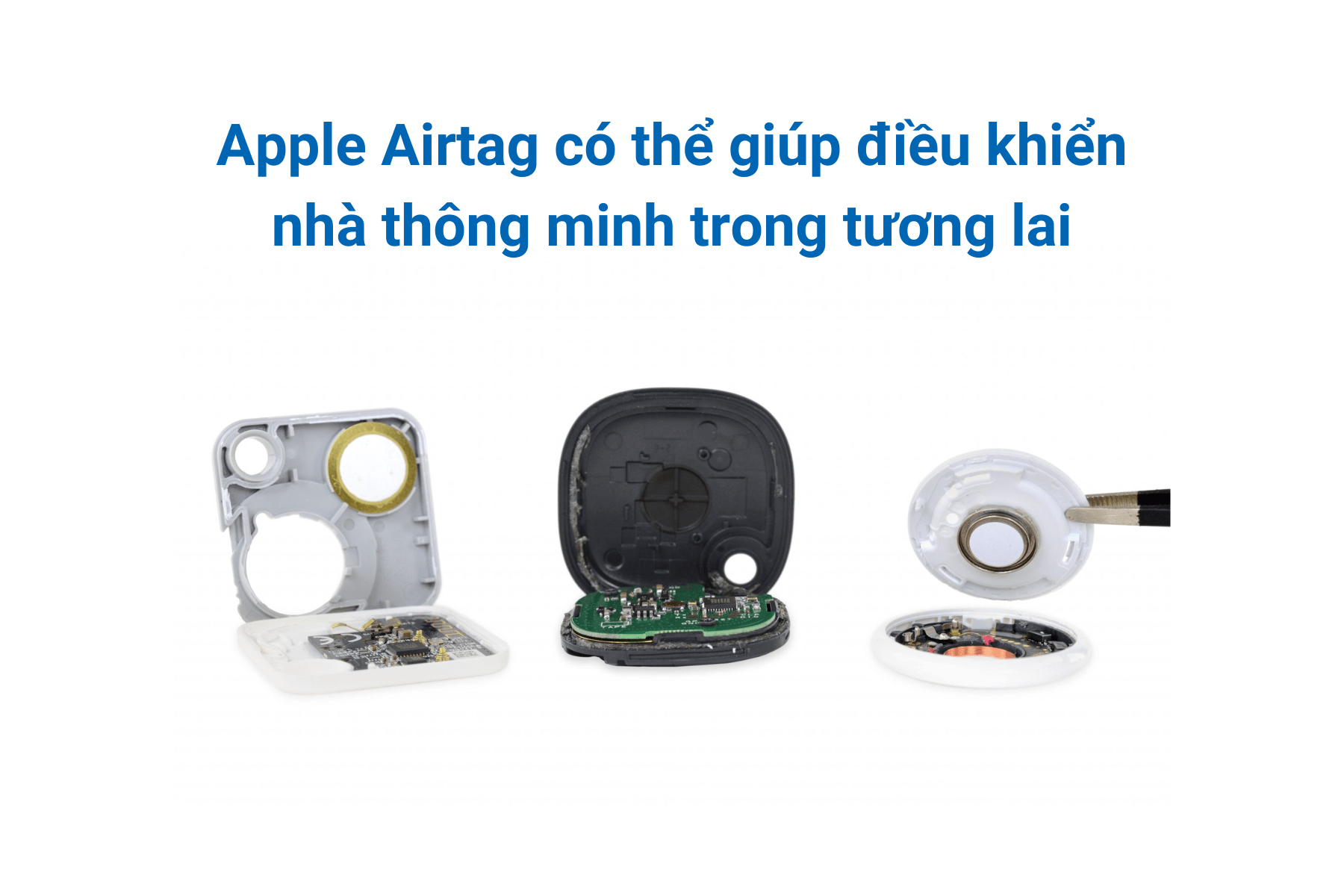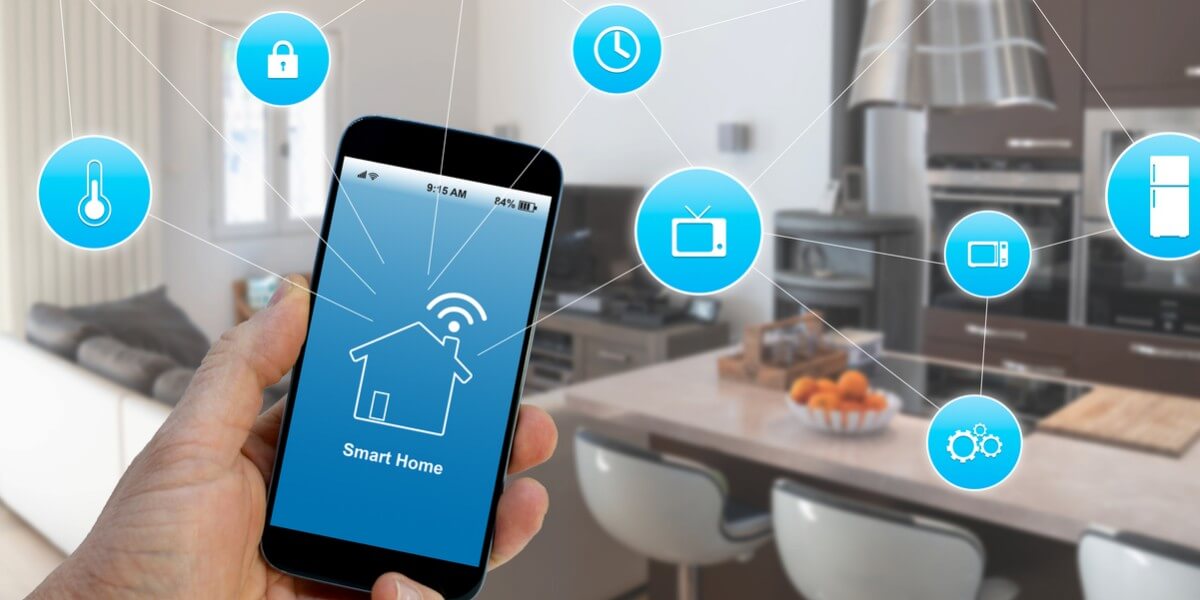Overview of Most Popular Smart Home Connection Protocols 2023
Currently, smart home is growing and is no longer strange to everyone. A smart home is a house equipped with electrical and electronic devices that are controlled automatically or semi-automatically. Users can communicate with this system through applications from vendors. On mobile, tablet or web interface.
However, so that smart home devices can communicate with each other. A separate connection protocol is required for each device. So what are those connection protocols, we will learn through the article below.
Table of contents
1. Z-Wave Protocol
The Z-Wave protocol is a wireless protocol based on the use of radio waves to connect and control devices in a smart home network. It allows devices such as lights, fans, thermostats, gates, security cameras and more to communicate with each other and with the remote control system via a wireless network.
Z-Wave is a wireless connection protocol that uses radio frequencies to communicate with devices. With low power consumption, it saves cost in long term use. Z-Wave runs on the 908.42 MHz band. This is a much lower band than the common 2.4 GHz bands. So the signal is less noisy than Wifi, Bluetooth, Zigbee.

This protocol can be compatible with more than 1200 smart home devices. Users can share any device that uses the Z-wave protocol to communicate. Thereby helping users have more choices of devices for their home to become smarter
Here are some important points about the Z-Wave protocol:
– Signal range and strength: Z-Wave operates on radio frequencies in the ISM frequency band at 868.42 MHz in Europe and 908.42 MHz in North America. This protocol is specially designed to be able to transmit long distance signals and ensure connection stability in noisy environments.
– Matrix network: Z-Wave uses a matrix network structure, in which devices in the network have the ability to relay signals to each other. This creates a flexible and reliable network.
– Energy saving: Z-Wave is designed to be energy efficient, allowing devices to last long using less power than some other protocols.
– Security: Z-Wave provides a layer of security to ensure that information transmitted over the network is not stolen or tampered with.
– Scalability: The Z-Wave protocol is scalable, allowing additional devices to be added to the network without changing the overall configuration of the network.
– Network management: There is a main controller (controller) in the Z-Wave network, usually a central device or remote control application. This controller allows users to add, remove and configure devices in the network.
2. Zigbee protocol
Similar to the Z-Wave protocol, Zigbee is a wireless protocol that uses the IEEE 802.15.14 standard frequency. Works on 2.4 GHz, 900 MHz, 868 MHz bands. Zigbee uses a mesh network structure that provides fairly fast communication and communication over long distances. A central hub capable of powering smart home devices.
The Zigbee protocol is quite popular in the smart home market with its connectivity advantages. You can choose from many brands of smart devices using the Zigbee protocol in your home. However, use other devices with the same Zigbee protocol. It does not mean that other devices from different brands will be compatible with each other on Zigbee. Therefore, each different manufacturer Zigbee protocol operation process will also be different.
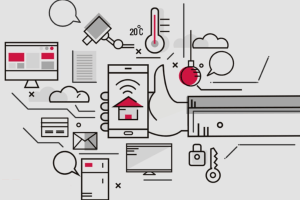
Here are some important points about Zigbee protocol:
– Phạm vi và tần số: Zigbee hoạt động ở các dải tần số khác nhau, bao gồm 2.4 GHz, 900 MHz và 868 MHz. Sử dụng các tần số khác nhau cho phép Zigbee hoạt động ở nhiều khu vực địa lý khác nhau.
– Tiết kiệm năng lượng: Một trong những ưu điểm của Zigbee là khả năng tiết kiệm năng lượng. Điều này rất quan trọng trong các ứng dụng yêu cầu tuổi thọ pin kéo dài, chẳng hạn như cảm biến từ xa hoặc thiết bị nhúng.
– Mạng lưới ma trận: Tương tự như Z-Wave, Zigbee cũng sử dụng mô hình mạng lưới ma trận. Các thiết bị Zigbee có khả năng chuyển tiếp tín hiệu cho nhau, tạo ra một mạng linh hoạt và đáng tin cậy.
– Bảo mật: Zigbee cung cấp nhiều lớp bảo mật để đảm bảo tính riêng tư và bảo mật của thông tin truyền qua mạng.
– Quản lý mạng: Mạng Zigbee thường có một thiết bị gọi là “coordinator” (điều phối) hoặc “gateway” để quản lý mạng. Thiết bị này chịu trách nhiệm cho việc thêm, xóa và cấu hình các thiết bị trong mạng.
– Khả năng mở rộng: Zigbee có khả năng mở rộng tốt, cho phép thêm các thiết bị mới vào mạng mà không ảnh hưởng đến hiệu suất tổng thể của mạng.
3. Wifi Protocol
Wifi (Wireless Fidelity) is a wireless internet access system. This type of radio wave is similar to television, telephone, radio waves, etc.
Today, Wi-Fi networks are ubiquitous with high-bandwidth. Therefore, smart devices were born that take advantage of this connection protocol to establish a connection between smart devices. Based on the ability to connect between Wifi bands (2.4Ghz and 5Ghz) the connection distance is up to 20m.
With the advantage of easy connection to the wifi network. However, most smart device manufacturers such as Yeelight, Aqara, Nanoleaf… All require a 2.4Ghz Wifi connection. Therefore, users need to check if the Wifi standard is required by the company or not when connecting the device.
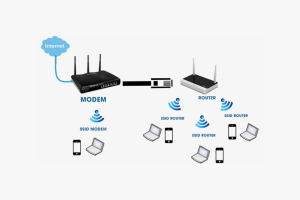
One problem with Wi-Fi networks is interference and bandwidth. If your home has many devices connected to Wifi such as TVs, phones, tablets, etc., smart devices will have to compete for bandwidth and may respond slowly. In addition, the large power drain of battery-powered smart devices such as locks and sensors. Will drain much faster than other wireless environments.
Here are some important points about the Wi-Fi protocol:
– Range and frequency: Wi-Fi operates in a variety of frequency bands, such as 2.4 GHz and 5 GHz. Each frequency band has its own characteristics, including transmission speed and ability to penetrate walls.
– Transmission speeds: Wi-Fi offers a wide variety of transmission speeds, from older standards like 802.11b (11 Mbps) to newer standards like 802.11ac and 802.11ax (also known as Wi- Fi 6), can reach hundreds of Mbps or even Gbps.
– Security: Wi-Fi provides many security methods to ensure that information transmitted over the network is not stolen or tampered with. WPA (Wi-Fi Protected Access) and WPA2 are commonly used security standards, and WPA3 is a newer version with improved security features.
– Connection mechanism: Wi-Fi allows devices to connect to the network through an authentication and authentication process. Users need to provide a password (passphrase) to access the Wi-Fi network.
– Wireless network: Wi-Fi can be used for very small range networks (PAN – Personal Area Network) like Bluetooth, or can be extended to cover a larger area (LAN – Local Area Network). such as in offices, homes, hotels, airports and many other places.
– Access control mechanism: Wi-Fi uses CSMA/CA (Carrier Sense Multiple Access with Collision Avoidance) access control mechanism to ensure that devices do not cause collisions when transmitting data on the same channel. .
4. Bluetooth Protocol
Bluetooth is the short-range wireless data exchange of electronic devices. This technology supports the transmission of data over short distances. Between smart devices to control devices such as phones, tablets..
Bluetooth uses 2.4GHz radio waves. Although using the same frequency as Wifi technology, they do not conflict with each other. Because Bluetooth uses frequencies with shorter wavelengths.
This compatibility with smart devices works quite smoothly as users can connect any Bluetooth device easily. Bluetooth’s ability to save energy is more appreciated than other protocols.
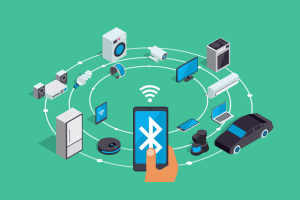
Here are some important points about the Bluetooth protocol:
– Range and frequency: Bluetooth operates at 2.4 GHz and supports short distance ranges, usually from a few meters to about 100 meters, depending on the Bluetooth version.
– Transmission speed: Bluetooth supports many different transmission rates, from older versions like Bluetooth 2.1+EDR (Enhanced Data Rate) to newer versions like Bluetooth 5. The transmission speed can range from a few. Mbps to more than 50 Mbps.
– Multi-device connection: One Bluetooth device can connect to many different devices at the same time. For example, you can connect a Bluetooth headset to your mobile phone and computer at the same time.
– Energy saving: Bluetooth is often designed to save energy, especially in new versions such as Bluetooth 4.0 LE (Low Energy) and Bluetooth 5. As a result, it is suitable for devices such as appliances Wearables, sensors, and devices that require long battery life.
– Connection mode: Bluetooth can work in a variety of modes, including continuous connection mode for continuous data transmission and passive mode to save energy when no data transmission is required.
– New versions: Bluetooth is constantly evolving with new versions, each of which often comes with improvements in speed, connectivity, range distance, and security features.
Tuy nhiên mặt hạn chế của Bluetooth là vấn đề về khoảng cách. Các thiết bị sẽ mất kết nối nếu di chuyển ra xa khỏi tầm khả dụng.
5. Thread Protocol
Thread is a wireless networking protocol based on IPv6 (Internet Protocol version 6). Designed for low power Internet of things devices in IEEE 802.15.4-2006 wireless networks. This is a convenient, stable wireless connection. Allows devices in the home to be compatible with each other to maintain communication. Without depending on the intermediate device.
Thread provides reliable, self-healing, and power-saving networking. Make it easy for users to connect more than 250 devices in the home
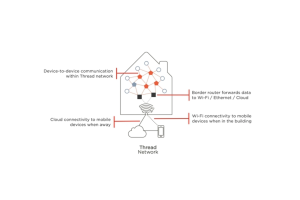
Here are some important points about Thread protocol:
– Matrix mesh: Thread uses the same matrix mesh model as protocols like Zigbee and Z-Wave. Devices in a Thread network are capable of relaying signals to each other, helping to create a reliable and resilient network.
– Range and frequency: Thread operates in the 2.4 GHz frequency band, just like Wi-Fi and Bluetooth. This makes Thread capable of operating in noisy environments.
– Energy saving: Thread is designed to be energy efficient, allowing devices to operate for long periods of time using less power than some other protocols. This is important for devices such as sensors and embedded devices.
– Security: Threads provide security features such as data encryption and authentication mechanisms, ensuring that information transmitted over the network is not stolen or tampered with.
– IPv6 Native: A prominent feature of Thread is that it supports IPv6 (Internet Protocol version 6) directly on the network, allowing devices in the network to communicate with the Internet directly without going through the router. convert.
– Network management: Threads usually have a device called “border router” to manage the network and allow devices in the network to access the Internet.
6. Matter Protocol
Matter is a smart home standard developed by the Connected Standards Alliance (CSA). With the support of hundreds of big companies such as Google, Apple, Amazon, Phillips, Samsung…, Matter promises to create a new breakthrough for smart products. Matter-certified devices from manufacturers work together with ease.
The advantage of Matter is instead of using all devices in a certain ecosystem. Users can use a product of any brand as long as it supports Matter. This protocol provides and supports many different connection channels such as: Stream, Bluetooth, Wifi, Internet … So, users can control even when that device is not connected to the Internet.
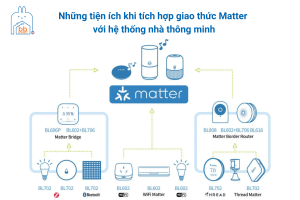
Here are some important points about the Matter protocol:
– Compatibility: The main goal of the Matter protocol is to create a standard of compatibility between devices of different manufacturers. This helps ensure that smart home and IoT devices can interact and work together easily.
– Range and frequency: Matter operates in a variety of frequency bands, including 2.4 GHz and 915 MHz. This helps ensure that the protocol can work in a variety of geographies.
– Energy saving: Matter is designed to save energy, making it possible for devices such as sensors and embedded devices to last long without frequent battery changes.
– Security: Data security is an important part of Matter. This protocol provides security features such as data encryption and authentication to ensure that information transmitted over the network is not stolen or tampered with.
– Network management: Matter supports network management through access points and controllers. Access points allow devices to connect to the Matter network and create an environment for management and configuration.
7. Zigbee Direct Protocol
Zigbee Direct is an update of Zigbee that combines this protocol with Bluetooth Low Energy (BLE). Similar to Thread, Zigbee Direct does not need a central hub. Which will be connected to the phone, tablet, .. directly via Bluetooth. Therefore, just the device being upgraded to Zigbee Direct is enough to communicate the entire Zigbee network. Once connected to Zigbee Direct the device acts as a central hub. And signal to other Zigbee products.

The combination of two widely used technologies, Zigbee and Bluetooth. Make IoT more accessible to users and address emerging customer needs for convenience and automation.
The comparison table is based on accurate information from connection technologies in the past years, Matter Protocol and Zigbee Direct will be added and updated in the near future.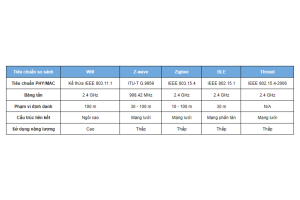
Hopefully, through this article, you will have an overview of smart home connection protocols. From there, you can choose a common protocol for smart devices for your home.
